French Architecture's Roles Through Times in Hanoi
Reflecting on the tumultuous period of French colonization in Hanoi, one cannot help but ponder the legacy left behind after over a century of rule. While the once-vibrant French-inspired lifestyle in Vietnam appears to be gradually diminishing, certain characteristics remain enduring influences in contemporary society. Join us in exploring the remnants of Hanoi's architectural heritage to uncover the vital roles that these historic French buildings play in the city’s cultural identity and history, both past and present.
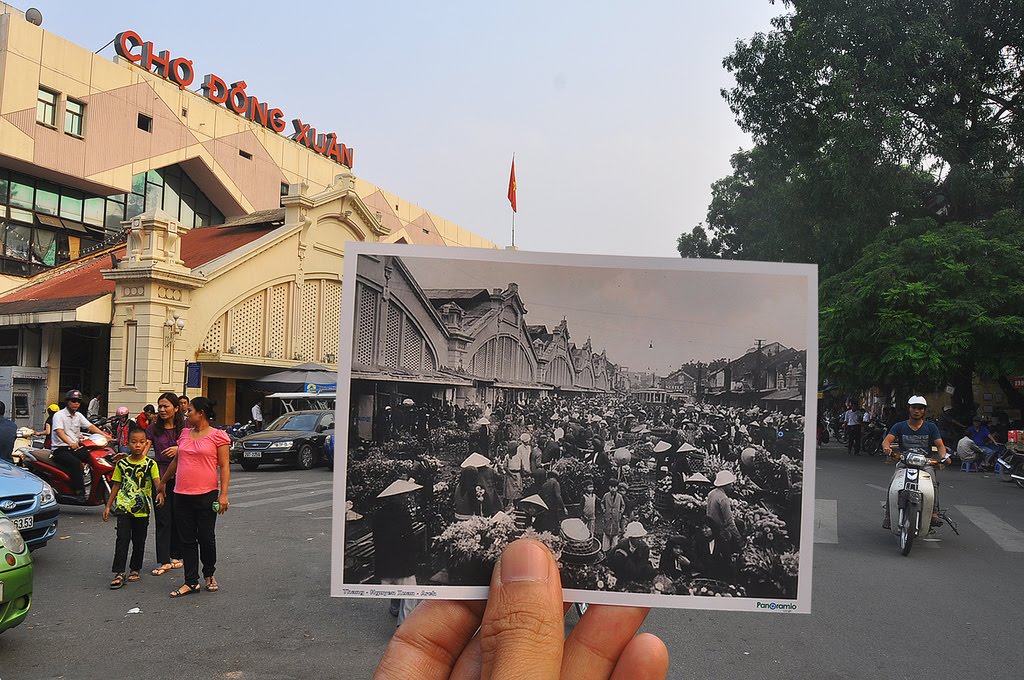 Dong Xuan Market Old & New
Dong Xuan Market Old & New
Architectural Contributions
French architecture first emerged in Hanoi in 1803, when King Gia Long oversaw the reconstruction of the Hanoi Citadel in the Vauban style under the guidance of four French engineers. However, it was not until the establishment of the French concession area along the Red River in 1875 that French architectural influences began to significantly shape the skyline of Hanoi. Over nearly a century, from the latter half of the nineteenth century into the first half of the twentieth century, French colonial architecture, characterized by a variety of styles and designs, has contributed to Hanoi’s rich architectural heritage.
The adoption of French architectural principles resulted in a transformation of traditional building practices, art forms, structural engineering, and material usage. Traditional construction materials like bamboo, palm leaves, wood, brick, and tile were increasingly replaced by modern materials such as cement, steel, and iron. Consequently, the architecture of Hanoi underwent a profound shift—purely Vietnamese styles dwindled, making way for an influx of block houses and other modern structures.
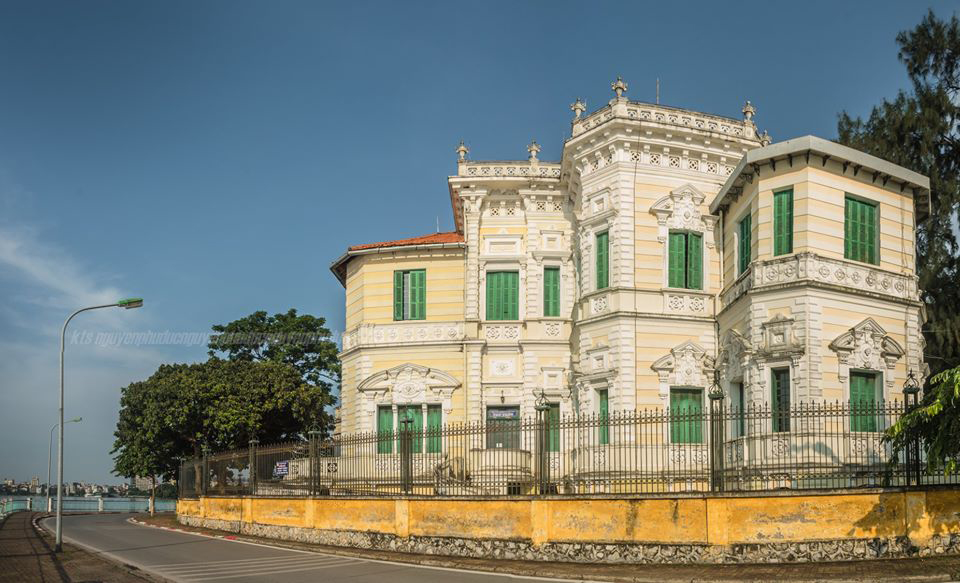 Photo : tapchikientruc.com.vn
Photo : tapchikientruc.com.vn
Even after French colonial rule ended, the influence of French architecture remains pervasive in Hanoi. Today, Hanoians continue to construct their city with respect for its French colonial legacy. Historic French buildings, once symbols of colonial power, are now carefully preserved and utilized by the Vietnamese people, demonstrating a synthesis of indigenous and foreign cultural elements, integral to the daily lives of Hanoians.
Some of these buildings have been repurposed for education, such as Chu Van An, Tran Phu, and Trung Vuong schools, while others house government offices or serve as residences for senior officials and diplomats. Iconic structures like the Hanoi Opera House, Metropole Hotel, and Saint Joseph Cathedral continue to stand as symbols of the city’s rich history.
Socio-Cultural Roles
Originally, many of these buildings were constructed to serve the needs of French authorities and their families. Following the complete conquest of Indochina, the French undertook extensive construction projects in Hanoi to establish it as the capital of their colonial empire. Architectural developments of this era were principally aimed at political ends and territorial reorganization.
Notable constructions from this period include the Palace of the General Governor of Indochina (now the Presidential Palace), the Hanoi Railway Station, the Opera House (1901-1911), and the Metropole Hotel. Additionally, various public amenities, such as Long Bien Bridge and Dong Xuan Market, as well as religious sites such as Saint Joseph Cathedral, were also constructed.
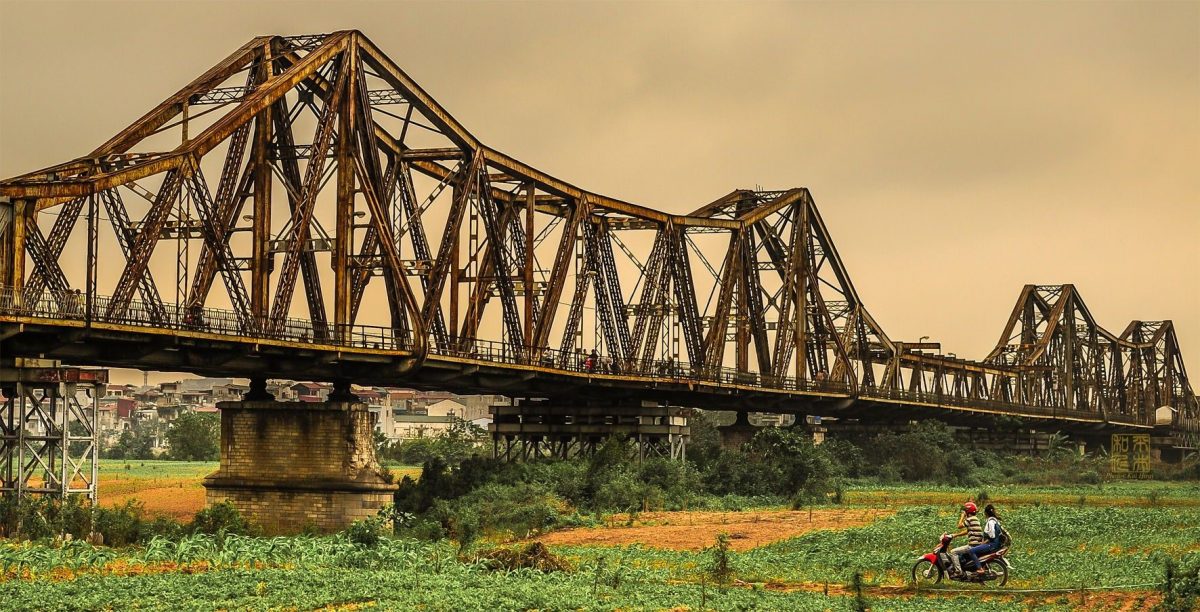 Photo : kienviet.net
Photo : kienviet.net
The lasting effects of French culture significantly influenced various aspects of daily life in Hanoi. The French colonial era shaped education, art, music, and even general modes of thought in Vietnam. To this day, visitors to Hanoi can witness remnants of French culture, particularly in the ambiance created by the architecture. In neighborhoods with historic French buildings, one may encounter locals playing traditional French music, maintaining vintage furnishings, or enjoying a blend of Vietnamese and French cuisine. Strolling along streets like Hoang Dieu or Tran Phu, you might see older gentlemen in vintage attire, playing the violin and embracing their nostalgia for a bygone era. While it may not be a miniature Paris, Hanoi is undoubtedly replete with French influences that invite exploration of this lost Paris amid the city’s vibrant life.
Historic Witnesses
Embodied within these French structures are immense architectural, historical, and cultural values, contributing to the distinctive character of Hanoi through a fusion of Eastern and Western architectural styles.
Despite enduring numerous historical upheavals, many French buildings have withstood the test of time and remain well-preserved. They serve as witnesses not only to a challenging chapter in Vietnam’s history but also as reminders of the cultural exchanges between Vietnam and France.
Visitors to Hanoi can glean an understanding of the past without the need for a tour guide, simply by observing and appreciating the historical remnants that populate the city. Beyond their historical significance, these structures have evolved into key tourist attractions in Hanoi. Exploring the modern city alongside its historical architecture offers a fascinating glimpse into Hanoi’s past, making these charming old buildings an essential starting point for any visitor.
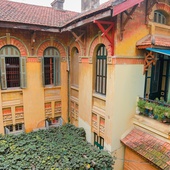
Hanoi's Colonial Architecture
Although the French colonial period came to an end a long time ago, much of the French arts and deco style are still imprinted in the architecture of Hanoi.
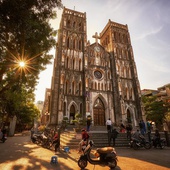
Bridging The Difference: French and Vietnamese Fusion In Architecture Style
Colonial French architecture has appeared in Hanoi for roughly 200 years and become one of the most charming features of this city. At present, numerous buildings, villas or public constructions with French design in Hanoi are conserved in order to retain their original features and elements.
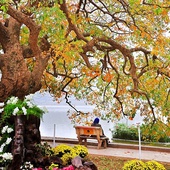
Feel Hanoi's Colonial Old Charm In Autumn
A hustle and bustle Hanoi now is suffering from rapid urbanization, yet looming in the city noise is an old Hanoi with its delicate architecture and marvelous flower smell.








